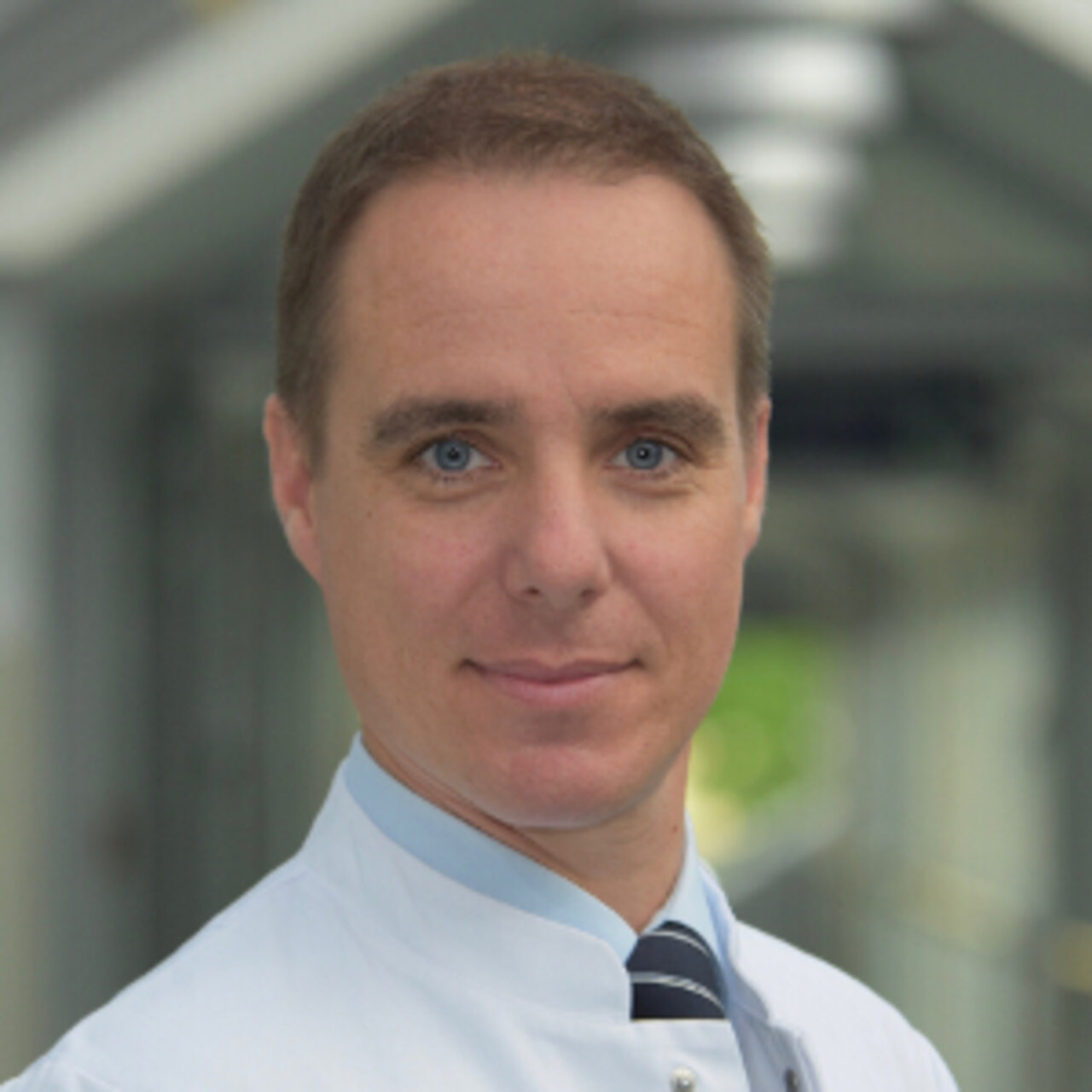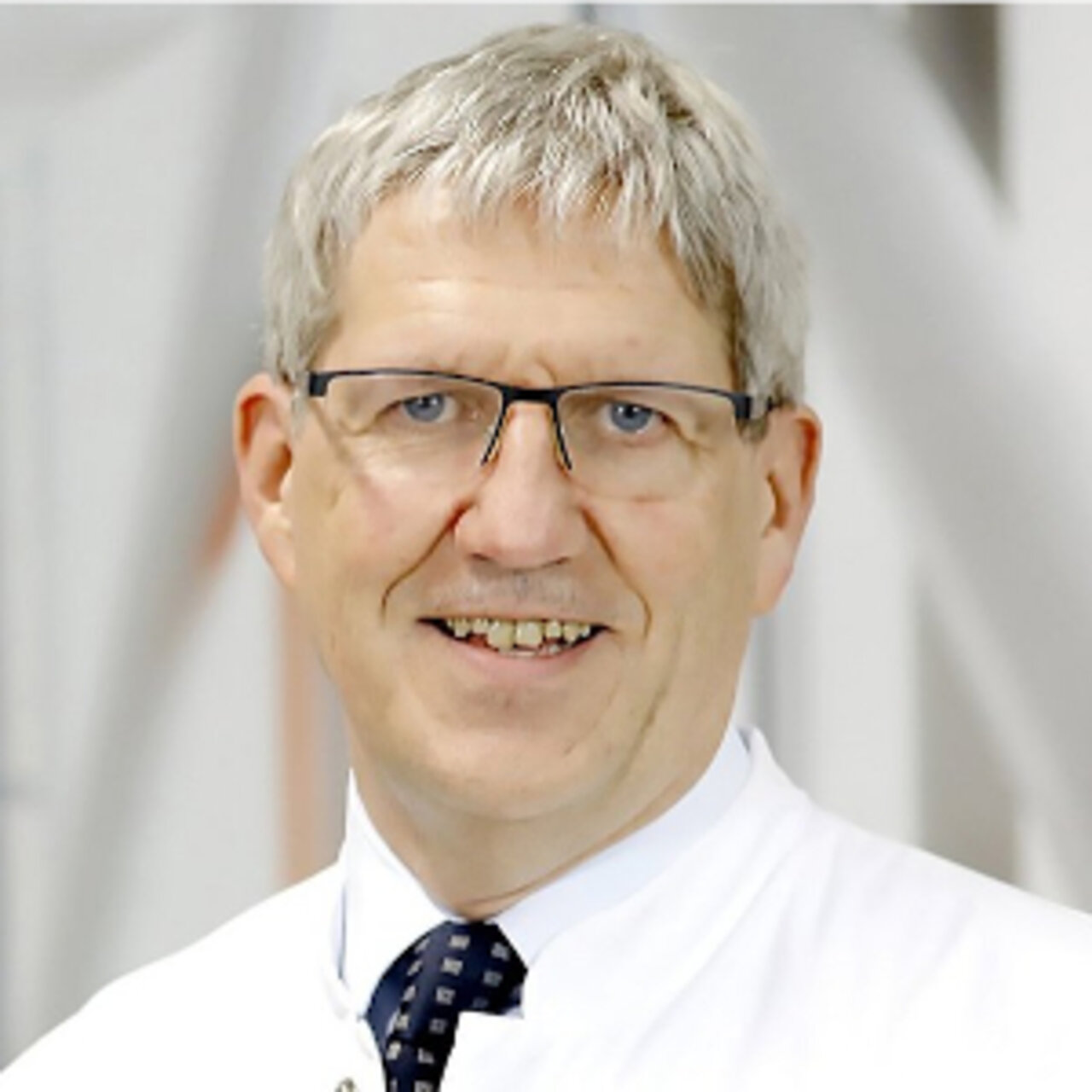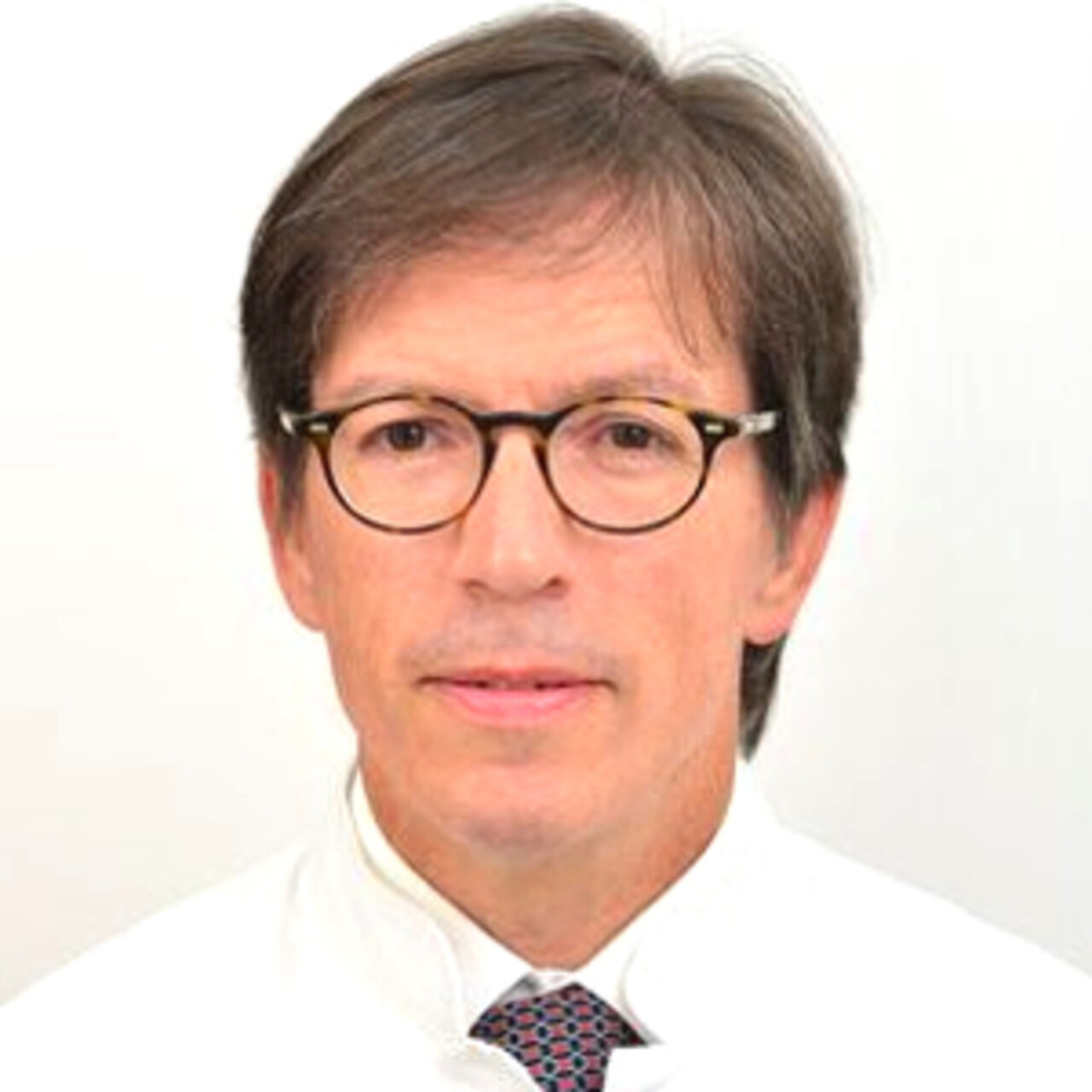Specialists in Thoracoscopy
3 Specialists found
Information About the Field of Thoracoscopy
What Is Thoracoscopy?
Thoracoscopy is a minimally invasive endoscopic examination technique for examining the chest cavity. Through small incisions in the chest wall (keyhole surgery), a camera is inserted into the chest cavity from the outside, through which the pleural space (i.e., the space between the lungs and the chest wall) and the lungs can be viewed and examined. The attending physician can control the camera and take pictures for documentation and reporting. By inserting additional instruments, samples can be taken from the tissues, and specific clinical pictures can be treated with medication or operated on under thoracoscopic control (video-assisted thoracoscopic surgery = VATS). Under camera view, surgical instruments are placed through small incisions and controlled from outside by the attending physician.
When Is Thoracoscopy Carried Out?
Thoracoscopy is used for certain pleura diseases (thin skin covering the lungs and the chest wall from the inside) or lungs. This includes, among others, pleural effusion, which is an accumulation of fluid between the lungs and the chest wall. This can be caused, among others, by heart, liver, or kidney failure or by pneumonia and cancer. The lung's effusion and condition can be assessed during a thoracoscopy, and the fluid can be removed during therapy and diagnostics.
Thoracoscopy is particularly used for accumulating pus in the pleural space (pleural empyema), for example, caused by pneumonia or other infections. The pus is removed, the lung is examined, and, if necessary, surgically rehabilitated. Thoracoscopy can also be informative in cases of unclear inflammatory disease in the chest.
Furthermore, the technique can be used for pneumothorax (accumulation of air in the pleural space). During thoracoscopy, medication can be used to initiate adhesion of the pleural sheets (pleurodesis); this therapeutic procedure may be considered in certain circumstances for pleural effusions and pneumothoraxes.
Thoracoscopy is particularly used for tumor diseases of the pleura and lung. On the one hand, any tissue changes can be examined directly on the camera image; on the other hand, sampling (biopsy) under visual inspection is essential for diagnosing and treating cancerous diseases or excluding malignant tumors. In addition, certain lung or pleural tumors can be treated directly using video-assisted thoracoscopic surgery (VATS) without having to open the patient's chest completely.
Changes such as lung cysts or bullae (cavities/bubbles in the lung tissue) can also be examined and removed using thoracoscopy.
Procedure and Duration
Thoracoscopy is often performed under general anesthesia but can also be carried out under local anesthesia and analgesia (i.e., the patient is given sedatives and pain medication, which puts them sleep state during the procedure but allows independent breathing). The patient must be fasting for this. After induction of anesthesia, the physician makes a skin incision (2-4cm) in the lateral chest wall below the armpit. Access is created between the ribs through the muscles and tissue into the chest cavity by dissection with the fingers and appropriate instruments, and the camera is inserted. A trocar is used as an aid. The inner part of the trocar is used to puncture the thoracic cavity. This metal tip can be pulled out, leaving a guide channel for inserting additional tools.
Further incisions are made depending on which instruments (suction-irrigation device, forceps, scissors) are needed for the examination or treatment. During thoracoscopy, air enters the gap between the lung and pleura; a pneumothorax develops, and the lung collapses. This is the only way to carry out the examination. Otherwise, there would not be enough space for the camera and instruments in the narrow gap. In addition, air can be infiltrated to improve viewing conditions. A thoracoscopy for diagnostic purposes only takes about 30-60 minutes under optimal conditions. In addition, there is the time required for inducing and emerging anesthesia. Treatment measures are also carried out during the thoracoscopy (inserting medication, taking samples, removing tissue) can take several hours, depending on the procedure. After thoracoscopy, a pleural drain (thin plastic tube) is left in the pleural cavity to drain air and, if necessary, fluids. Finally, the procedure wounds are closed in layers, and bleeding is stopped.
Risks and Side Effects
Complications of thoracoscopy are comparatively rare.
Bleeding, injury to nerves, or infection may occur. In addition, the lung or pleura may be injured, air may accumulate in the tissue (emphysema) or the chest (pneumothorax), or the lung may not inflate properly after the procedure. This may cause breathing difficulties (shortness of breath, cough). Fever and pain may also occur after thoracoscopy, which can be treated with medication. Another risk is air embolism, in which air enters the bloodstream. Under certain circumstances, this can be life-threatening. There is also a risk of cancer cells being carried over when a malignant tumor is treated during thoracoscopic surgery, which is why special preventive measures are often taken in such cases.
Aftercare and Healing Process
After the thoracoscopy, the patient remains in the hospital for a few days, provided there are no further complications. Then, the patient is mobilized quite quickly. Overall, the healing process is much faster than open surgery on the lungs or chest, and the small incisions usually heal within a few weeks.
The lungs are x-rayed after the procedure to determine if they have appropriately re-expanded and if there are any relevant effusions or other abnormalities. The pleural drain inserted at the end of a thoracoscopy can usually be removed after 1-2 days when the lung has fully unfolded again, and no more fluids are drained.
Which Doctors and Clinics Are Specialized in Thoracoscopy?
Every patient who needs a doctor wants the best medical care. Therefore, the patient is wondering where to find the best clinic. As this question cannot be answered objectively, and a reliable doctor would never claim to be the best one, we can only rely on a doctor's experience.
We will help you find an expert for your condition. All listed doctors and clinics have been reviewed by us for their outstanding specialization in thoracoscopy and are awaiting your inquiry or treatment request.
Sources:
- MSD Manual „Thorakoskopie und Videoassistierte Thorakoskopische Operation“
- www.msdmanuals.com/de-de/profi/lungenkrankheiten/diagnostische-und-therapeutische-pulmonale-untersuchungsmethoden/thorakoskopie-und-videoassistierte-thorakoskopische-operation, Stand 15.11.2021
- Lorenz J. et al., 2016, Checkliste XXL Pneumologie, 4. Auflage, Thieme
- „Diagnostische Thorakoskopie“
- eref.thieme.de/ebooks/1199578
- Lorenz J. et al., 2016, Checkliste XXL Pneumologie, 4. Auflage, Thieme
- „Videoassistierte Thorakoskopie (VATS)“
- eref.thieme.de/ebooks/1199578


